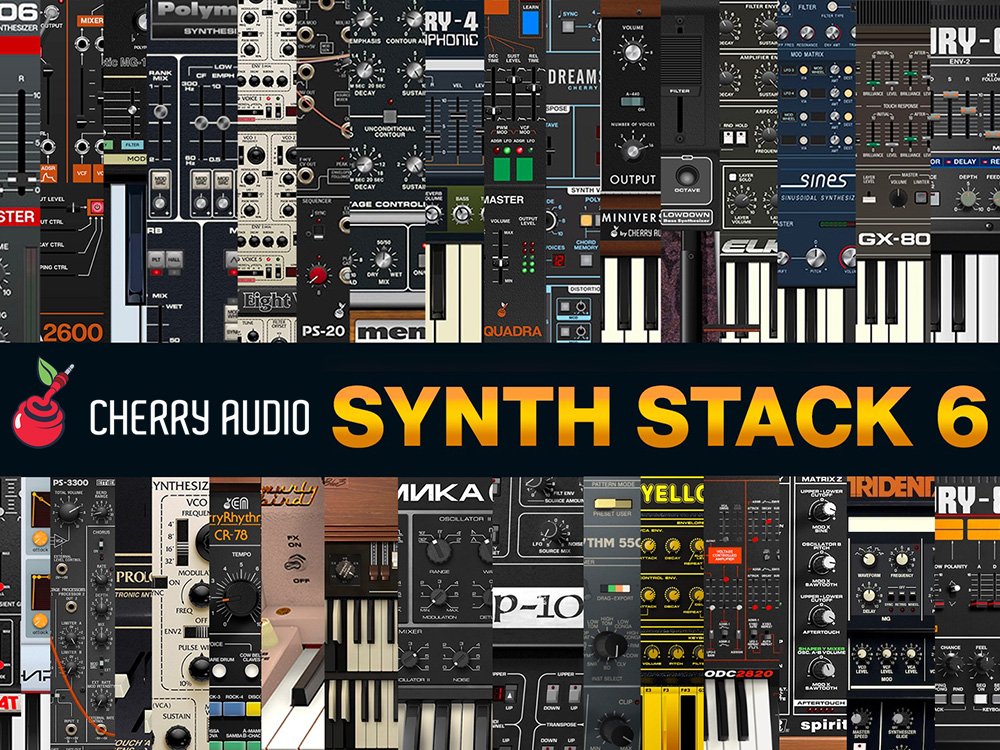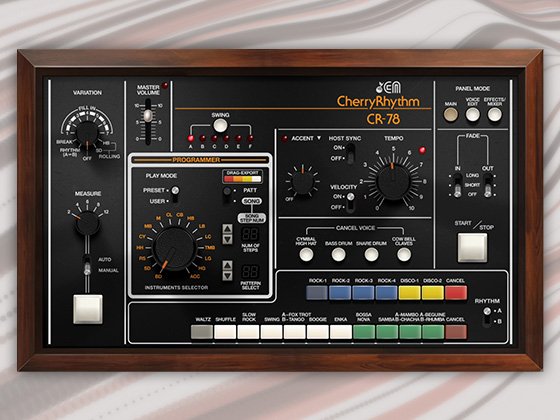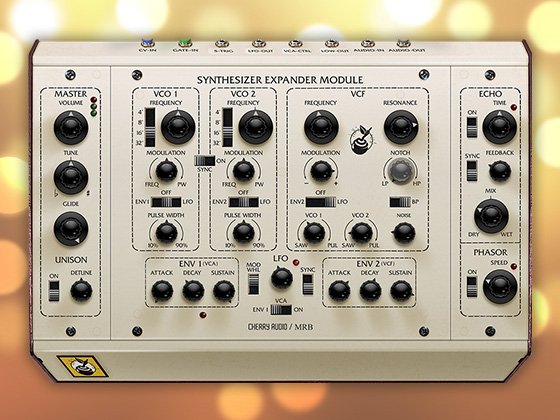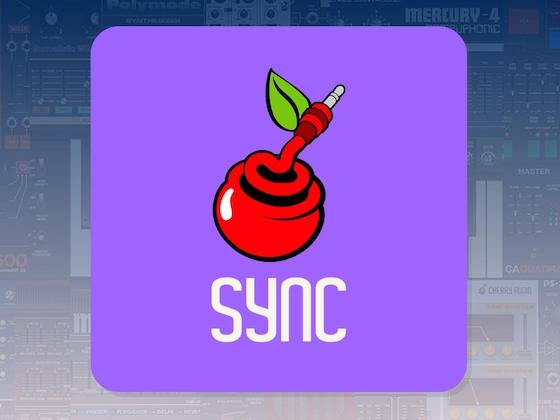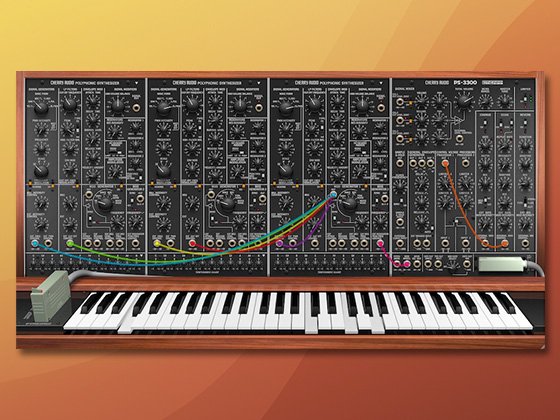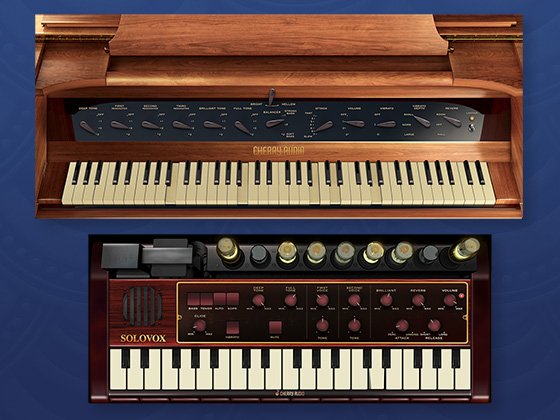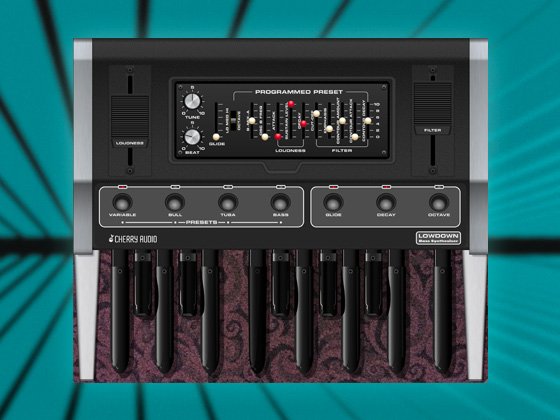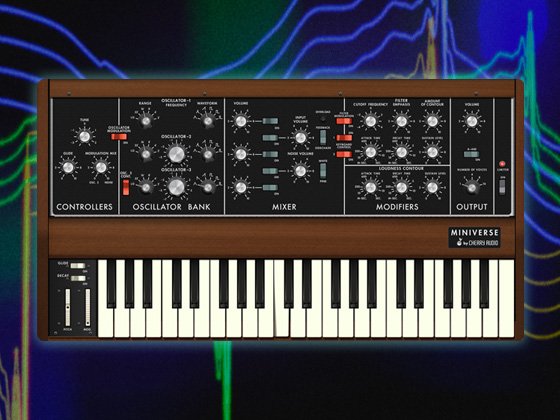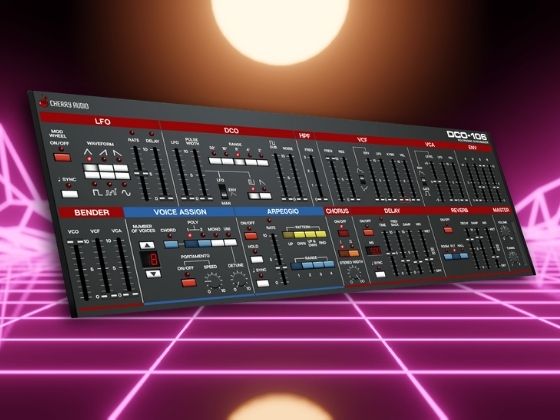$15.99 $30.99
Sixteen steps with probability controls to determine whether a note and/or a CV value is activated at the output, mean you can generate random melodies for days...
Spin the Pattern dial to store/recall 20 different "sequences" and you can rotate through different kinds of randomness. With the Record inputs, you can make quick work of inputting sequence parameters or dynamically update sequences in real time. A suite of "inactive modes" can create a range of interesting behaviors when steps are not randomly activated.
The Stochastic Note & CV Sequencer is a megalith of random generation.
Turn the BPM dial or connect the Clock In jack to set the tempo. The sixteen big wheels of steel represent a 16-step sequence, backlit to indicate progress through the sequence. The outer ring selects a note and the inner dial sets a probability. If a note is randomly activated, the center LED lights up and stays lit until the next activation. On the right, you get the note as Pitch CV and Gate. At the lower right, a collection of 16 white controls set an accompanying -5V to +5V CV value, so your activated note can come with velocity, expression, etc. and the are sent through the CV output to whatever you'd like to modulate.
Upon each step, its gate output (upper right of each dial) goes active so you can use it to trigger external events if you like. You can also self-patch one of them to the SYNC/RST jack to shorten a sequence - if you want a 5 step sequence, patch step 6's jack to the reset jack. By the way, the SYNC/RST jack has a neighboring dial which lets you set the step which you return to (1 by default).
Just to the right of the step dials, there's a Pattern control, selecting 1 of 20 possible sequences. Turn it to recall the settings you left at that pattern - probabilities, notes, cv, and inactive mode settings too (more on that soon). There are two jacks for controlling the dial. On the right (patt), voltages -5 to +5V even distribute to all of the patterns. The jack on the left however, looks for a trigger/gate pulse and advances to the next sequence, eventually looping back to the first Ithere's a "max" dial just above, if you'd like to cycle through just a few patterns). Try connecting the last step's gate to this jack so that it auto-advances from one pattern to another.
Connect a keyboard to the Pitch In and Gate In of the RECORD section, arm the recording (red button), and upon each step, you can play a note to set the outer dial (note) at that step. If you connect the keyboard's gate to the Clock In as well, then you don't need to get the timing right, and steps will advance as you enter notes. If you connect velocity, modulation, or whatever, to the CV and/or PROB jacks as you record, you can also set the CV dials and the inner probability controls too.
You can also connect these to random note generators, sequencers, etc. and perhaps modulate the arm button (via its neighboring jack), to dynamically change the sequence on the fly.
At the bottom left, you can control how the unit behaves on a step when a note is randomly not activated. By default, the last note's pitch CV value is held, but the Gate Output goes low. Holding the pitch value at the output prevents the note from changing before an envelope's slow release is finished. Alternatively, move the 4-way switch down to "drop" and the pitch value will fall to 0V at inactive steps - not commonly very useful, but helpful when a pitch cv input might be shared. The next setting down, "skip" causes the device to immediately keep moving through steps until one randomly gets activated. In this mode, you'll get a note with every clock pulse, but you'll find the device jumping all around amongst the steps. It's very useful for random note generation that's still vaguely sequential, making for a nice balance between random and curated. The last mode goes all out on randomness, generating a completely random note on inactive steps. Perhaps, you're using the gate output for an envelope generator and noting that inactive steps don't excite the gate, so you won't hear the random note - true, but also, you can create more unusual setups and find interesting results with this feature. Or, you can invert the gate behavior (blue button by gate out) so that it goes high when steps are not active, basically making this a completely random note generator (which could be sent to a quantizer...). At the bottom, "rand bounds" knobs set limits on the lowest and highest random notes generated, and they can be modulated so that generated notes can tighten and spread over time.
There are a lot of ways to use a device like this and you'll find it rewarding to explore those options. Generating random note sequences, random CV modulations, and random rhythms, and defining how the machine navigates this randomness, makes the Stochastic Note & CV Sequencer a constant source of discovery and an endless environment for exploration.
